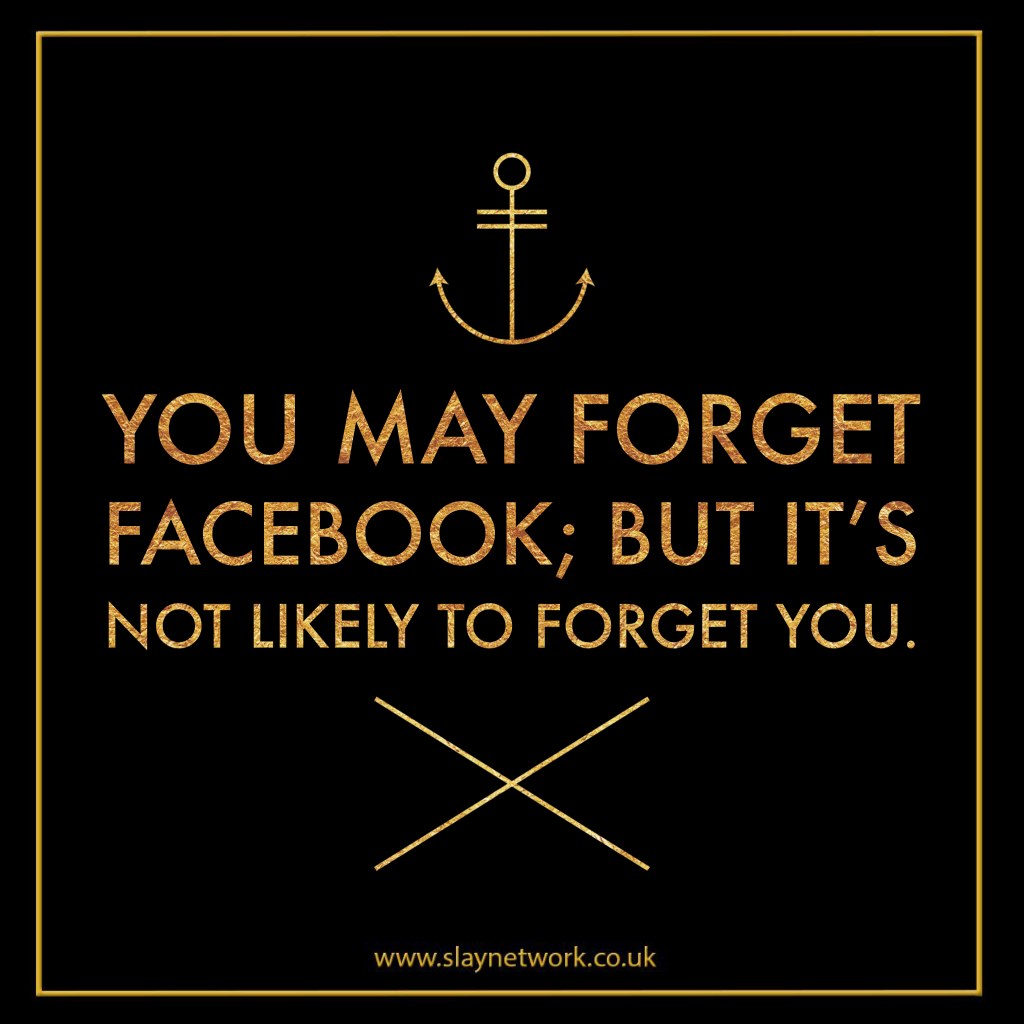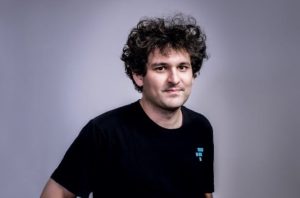
Facebook earned more than $5billion in profit last Quarter, and yet it has spent much of 2018 trapped in a defensive crouch. This year was defined by brutal press coverage, internal strife, executive departures and unwanted attention from authorities. The company stands accused of various offenses: degrading politics; empowering despots; leaving users vulnerable to abuse; abusing its users’ data for profit. It is in a constant state of crisis such that its executives’ responses to scandals end up becoming scandals themselves. But the single event most pertinent to Facebook’s future; and with the most explanatory power regarding its recent past, came in January, when the company admitted its flagship site had found a worrying limit. In late 2017, 185 million people a day were using Facebook in the United States and Canada. Despite strenuous efforts- you may have noticed more notifications lately-that number hasn’t been exceeded since.
The sheer scope and depth of a typical user’s relationship with Facebook are unique to the site, as is its reach. Should the Company ever collapse-or become so clearly moribund it might as well have died – more than a billion people worldwide would need to unwind their relationship with the platform. Of course, we’ve lost plenty of networks before. One day, we’ll be done with Facebook, at least as we know it. Will it be done with us?
My Space never reached anything close to Facebook’s size or importance, but in its time, it was at least conceptually comparable; a personal space, rich with photos and writing and communication, inhabited for what many of its young users would have been formative years, serving as both a record of their lives as well as a place in which those lives were substantially lived. Myspace.com is still online, but that doesn’t mean Myspace didn’t die. It’s best understood as undead: existing in some corporeal form, with nothing left behind the eyes. Now, after a long series of sales and corporate relocations, it’s a sleepy news and entertainment portal, owned by the magazine publisher Meredith and vaguely affiliated with People and Entertainment Weekly.
Myspace was always a mess. It encouraged users to tweak HTML, on their profile pages, generating whole categories of expression and interaction beyond what was laid out for users. In hindsight, Myspace’s amateurish sensibility made it difficult to understand and easy to dismiss: inscrutable user names, odd forms of interaction, millions of attempts at self-expression blending into a wall of aesthetic noise. But it bridged a dying web of personal sites with budding ideas about social networking- it’s easy to forget just how sterile and organized Facebook looked in comparison when it first showed up. After years of relaunches, redesigns, data breaches and general neglect, many Myspace users have the ability to contact their former selves. If they’re lucky (and can remember or recover their passwords), they might get access to some old photos and a list of friends-at best, shreds of evidence of something far greater, now lost.
Where did everything else go? After it peaked, Myspace underwent its series of reinventions. News Corp, which acquired Myspace in 2005 for $580 million, sold it six years later for $35 million. The buyer Specific Media, was an Internet advertising company. Myspace was shrinking, but still had lots of users, and lots of user data, as well as enough traffic to make money from ads. It had been popular with musicians, many of whom used it as a sort of home page, so Specific Media brought in Justin Timberlake to be the face of an entertainment oriented relaunch. This version of the site, which you can still sign up for today, didn’t catch on, but that didn’t mean the Myspace purchase was a failure. While users had gradually lost access their own data, Myspace’s new owners had plenty of use for it. Specific Media’s parent company, Viant, was a growing player in online advertising. Over the course of its life, Myspace had collected over a billion ‘registrations’ – profiles-many of which could still be matched against other, more recently updated sources of data. Viant used this data to build a “cross-channel marketing initiative” that the company called “the Advertising Cloud.” When Time, Inc. purchased Viant in 2016, for $87 million, the company bragged that its “vast pool” of data, derived largely from Myspace, would help its new parent company build a “data set that rivals Industry Leaders Facebook and Google.”
Viant now belongs to Meredith, another magazine company, which is trying to sell it once more. Your Myspace profile might be mostly gone, but Myspace’s profile of you may have been haunting you, through targeted ads around the web, ever since.
Still Facebook is different. The site has long seen itself as the comprehensive online service, and the range of information it has collected from its users- by asking, by watching- is therefore unparalleled: it has been, for its users, a asocial space, a communications service, a creative outlet, a place of work, a media outlet, a passport for the rest of the internet.
Nowhere is this more evident than in Facebook’s archive service, which allows users to download a record of their lives on the platform.
As presented, this material runs the gamut of comprehensibility, Old photos are old photos, while old chat transcripts, or a collection of “likes,’ verge on absurdity. Facebook, it turns out , encourages you to engage in a lot of behaviors that only make sense when parsed by Facebook. At the time you might have felt you were interacting with an old friend, or your aunt- Which you were- but you were also feeding data into a gigantic piece of machinery.
This archive also contains something else: a summary of your life on Facebook, as the company sees you. Included, for example, is a list of some of the ads you recently interacted with, a list of which advertisers have your contact information and the ad categories the company has associated with your account. This information is mostly useless for reconstructing, or preserving, your personal experience with Facebook. But it provides a rare glimpse of what else could happen after Facebook dies, as well as the preparations they are already making themselves. What survives of your personal Facebook profile is, as always, ultimately up to you. But what happens to your other Facebook profile- the one that Facebook, Inc. used to convert our time on Facebook.com into billions of dollars- remains out of your hands.
Facebook has lived a full life- should death come, the cause will be the social media equivalent of “old age.” If 2018 does indeed represent some sort of apex for Facebook the site, Facebook the company won’t be surprised. Unlike peak Myspace, with its impatient and half-interested owner, Facebook, still helmed by its founder and flush with cash, has the time and the freedom to begin planning for the future on its own terms. The company recently installed the executive who oversaw the growth of Facebook’s New Feed to run Instagram, which has already grown from 30 million users when Facebook acquired it in 2012 to more than one billion. The founders of WhatsApp are gone, too, its 1.5 billion users now more freely and fully available to Facebook. And while Facebook is still the parent Company’s main money-maker, the transfer of assets- and of data- has already begun. Instagram users have long been asked to link their accounts to Facebook; WhatsApp account information is already used, by default, to “improve” a user’s Facebook ads and products experiences.” Advertisers buy ads for Instagram and Facebook using the same tool.
The advertising data exposed in a user’s personal Facebook archive is, of course, just a silver of what is available to the company. Facebook’s real profile of who you are- the one that it uses to fill your feeds and show you ads- is far more comprehensive. The company’s relentless accumulation of user data isn’t just a grab for power or a default behavior. It’s a long term investment. You may forget Facebook; it could happen sooner than you expect. But it’s not likely to forget you.
Click here to become a Slaylebrity Curator
By John Herrman for New York Times Magazine





